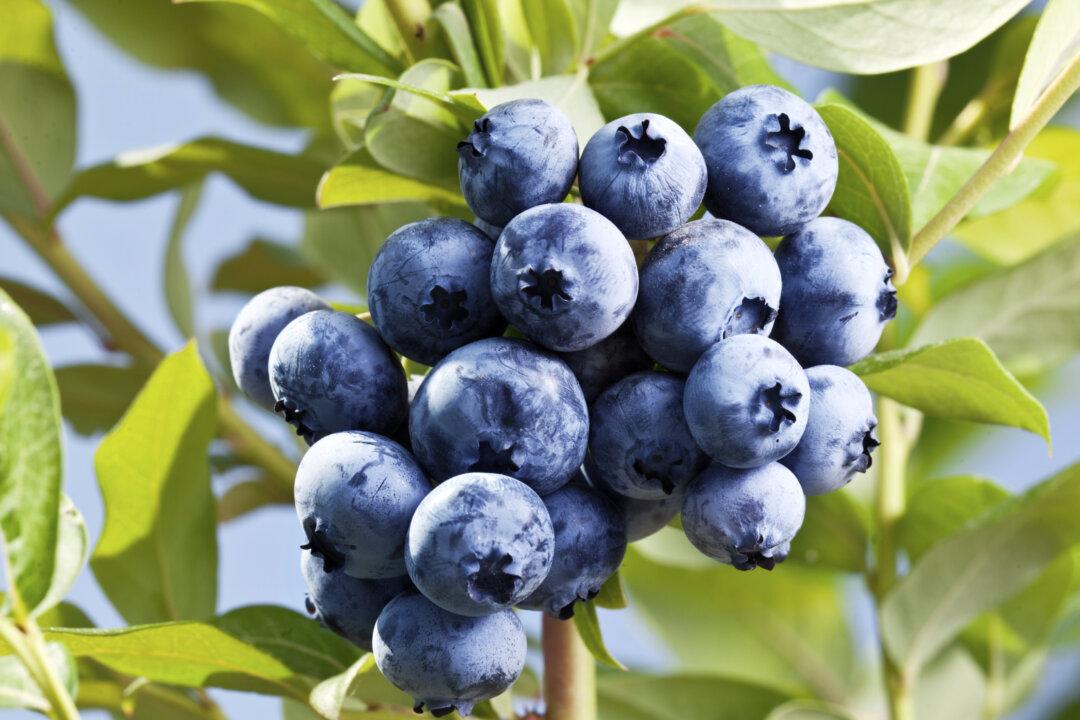Nutrition researchers have been big on exotic berries lately. That’s because camu camu, sea buckthorn, acai, goji, maqui, and other foreign fruits have demonstrated a remarkable ability to slow signs of aging and disease.
Then there’s the blueberry, one of very few fruits native to North America. It may not be exotic, but it still possesses incredible health benefits.






